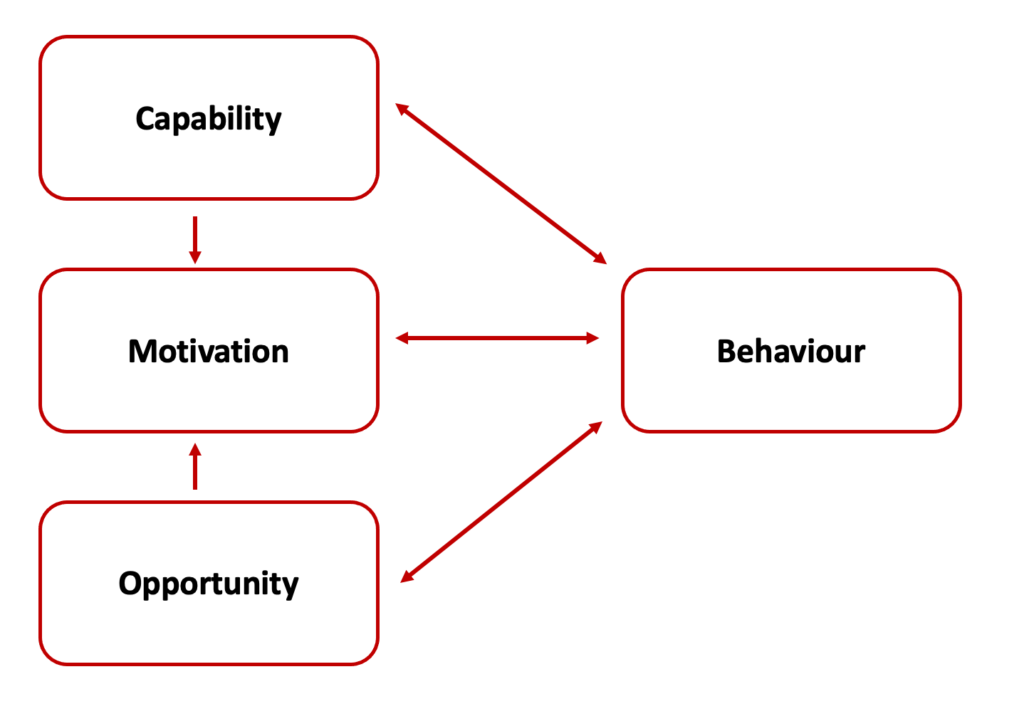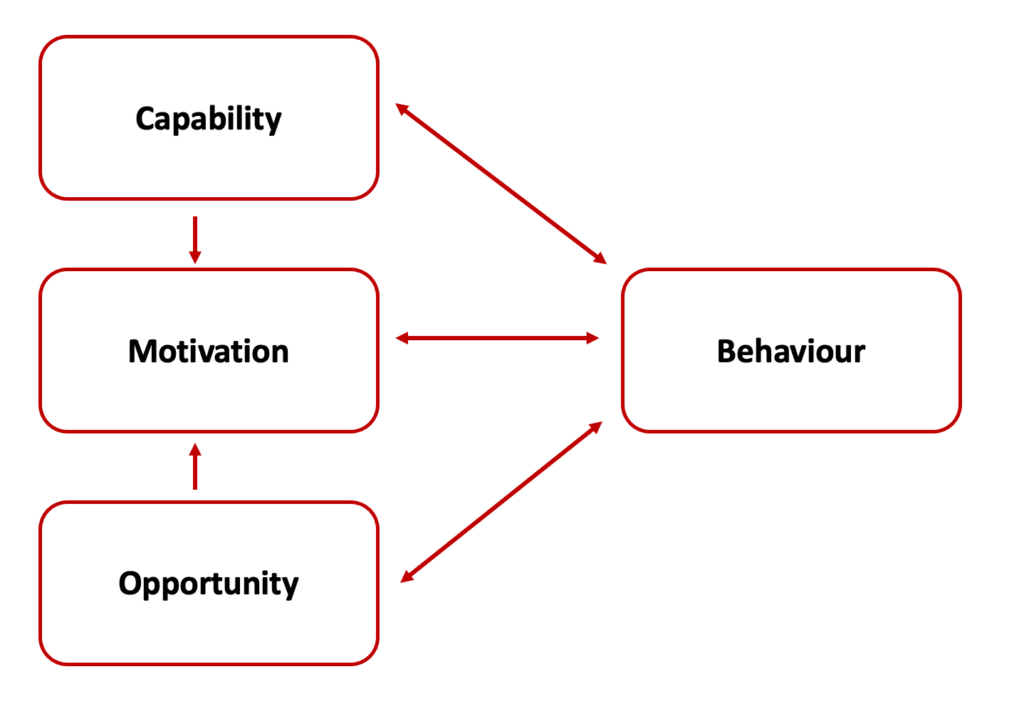This short series is targeted at literacy leaders – either Literacy Coordinators, Reading Leads, or Curriculum Deputies – with a key role in leading literacy to ensure that pupils access the curriculum and succeed in meeting the academic demands of school.
Every school policy should be seen through the eyes of a recently qualified teacher on a full timetable, with a tricky class or classes.
When you begin with this assumption, it immediately makes you consider the difficulty level of embedding any shiny innovations, changed curricula, or new teaching techniques. Even a seemingly minor new teaching strategy must be integrated into a complex array of existing habits, classes, timetabling, and classroom peculiarities.
Then we consider literacy. Its scale and scope are near limitless: reading, writing, talk routines, spelling, grammar, editing, text choices, text choices, curriculum planning, and pupils’ literacy barriers etc. The list goes on.
With these challenges attending developing teaching techniques and teacher habits, it makes sense for literacy leaders to carefully about implementing a small number of meaningful but manageable literacy developments.
COM-B – A helpful model to consider teacher behaviour change
It is helpful to try and distil down a likely literacy challenge/development, such as ‘improve the reading of informational texts and curriculum access’.
First, what specific teacher behaviours are we are looking to support? For instance, it may be we want teachers to appraise the difficulty level of all informational texts they’re using. In addition to that, it may be we are after teachers pre-teaching ‘keystone vocabulary’, or planning retrieval quizzes on the basis of selected tricky informational texts.
We then may consider what active pupil behaviours we are intending to support, so that pupils read informational texts more successfully. It may be that we teach them older pupils specific note-taking strategies, such as Cornell Note-making, to help them chunk down, navigate and record challenging informational texts.
Once you have refined the specifics you can then use the COM-B model to reflect further on the behaviour change we are after. The COM-B behaviour model, is part of a ‘behaviour change wheel’ devised by Susan Michie and colleagues. At the heart of the approach is a useful consideration of the drivers of human behaviour – teachers or otherwise:

You can apply the model to the relevant literacy approach you are looking to support:
Capability: This describes both the physical and psychological capability to undertake a behaviour. For instance, do teachers have the energy and stamina, along with the deep knowledge and skills to replan lessons and focus in on changing the reading approach to tricky informational texts. When it comes to informational texts, there is likely a subject knowledge challenge to collate a range of apt texts and to be able to break them down and scaffold them appropriately.
Opportunity: This describes both the physical opportunities (time for SOL planning and physical resources – such as new textbooks) and social opportunities (do my department or phase team colleagues want to make similar changes and want to collaborate?). Perhaps the chief reality here is giving over the time to make a change and having a team of colleagues working with you. Without these supports, opportunities are always limited. Remember the busy RQT on a full timetable?
Motivation: This describes a reflective motivation (whereat teachers plan and reflect upon their work, thereby influencing our attitudes and behaviours), along with our automatic motivations (such as the habits that drive our daily practice). Of course, if you have both ‘capability’ and ‘opportunity’, then motivation is more likely. With informational texts, our curriculum planning may steer our teaching approaches, along with our habitual approaches to successfully scaffolding difficult texts in our subject or phase. In truth, teachers just may not recognise there is an issue, and so are just not motivated to change.
COM-B and Literacy Priorities
Using this model to reflect on any proposed literacy priorities can prove useful. For example, if there are challenges with regard to teacher knowledge or technique, then CPD is the solution. And yet, if motivation is low, or there is too little time or opportunity, then CPD is likely to prove necessary but insufficient.
You can try it quickly. You want to improve the teaching of the editing process for pupils’ writing at all key stages across a wide range of teachers and TAs? Well, what teacher problem is this solving (motivation)? How much subject knowledge and confidence do teachers have in explicitly teaching sentence variation or spelling patterns (capability)? Where in the school day are these approaches being embedded and how do teachers find the time to give meaningful feedback to pupils (opportunity)?
Now, consider the approach to behaviours that drive improved spelling, editing, and writing accuracy from a pupil perspective. Capability, opportunity and motivation still apply.
We may come to new reflections as literacy leaders. A CPD session, or even a sequence of training, is unlikely to prove a silver bullet.
Not only that – it may not be that teachers are resistant to adjusting their literacy practices at all – it may just prove that they are not wholly clear what specific behaviour changes are actually necessary in the classroom. For instance, teachers may understand an aim to read more extended texts, but they aren’t clear when or how best to enact extended reading within the limited scope of current curriculum time.
Let’s consider every literacy development, indeed all school improvement plans, through the lens of that harried, enthusiastic RQT facing a stacked timetable. COM-B could help to better support and steer successful change. If we are leading literacy, in whatever role, let’s ensure we seize every opportunity to influence and support teachers to make successful changes.
Read the series:
Part 1: ‘Leading Literacy… And Perennial Problems’
Part 2: Leading Literacy…And Influencing Teachers
Part 3: Leading Literacy…And Purposeful Professional Development
Part 4: Leading Literacy…And Communicating Complexity
Part 5: Leading Literact…And Evaluating Impact
